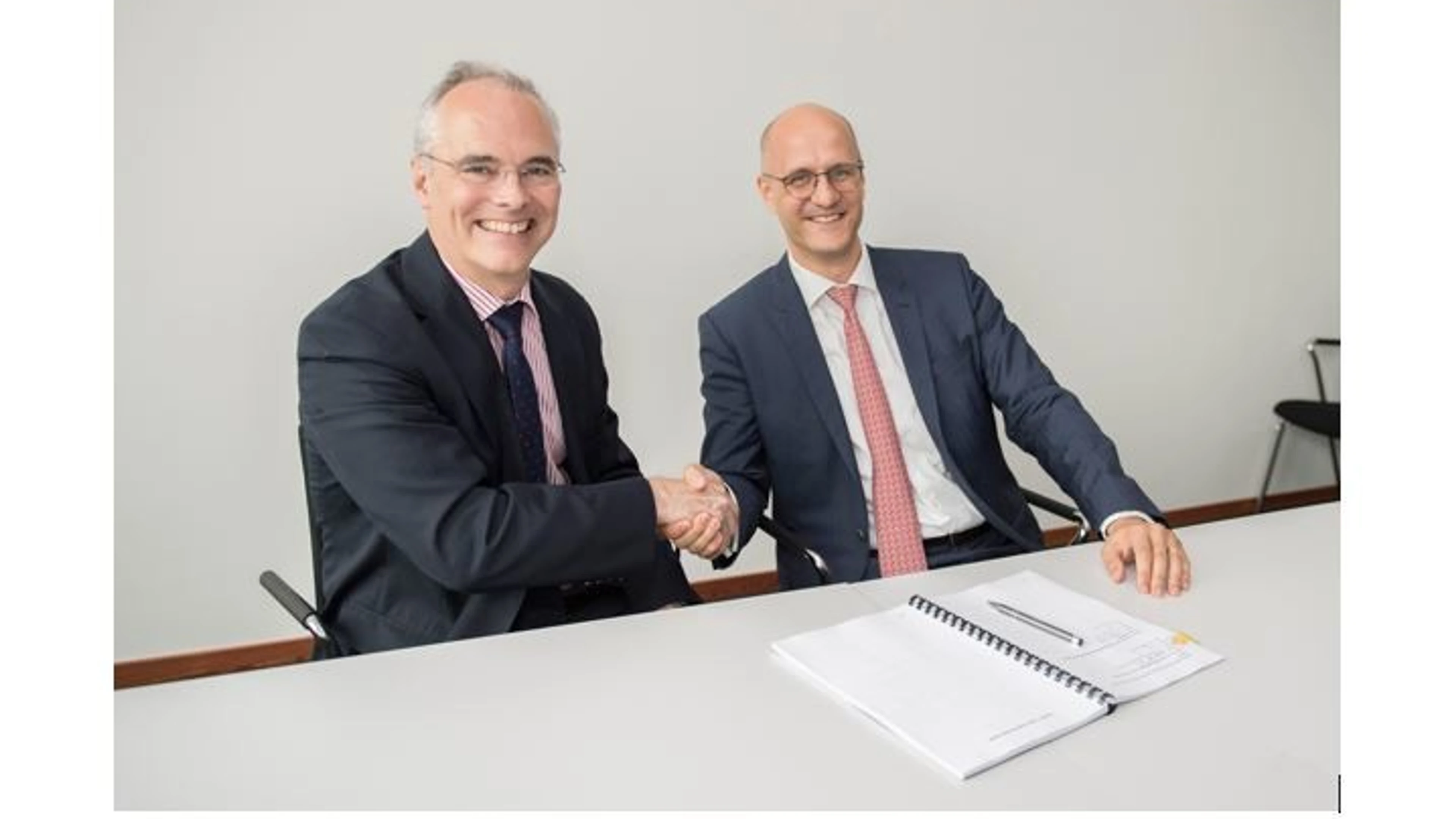In 2015, a person infected with MERS travelled from the Middle East to South Korea. This single patient infected 186 other people, of whom 36 died. This outbreak had wide reaching societal and economic impacts.
Hundreds of thousands of tourists cancelled their trips, hundreds of public spaces were shut down, and the South Korean government passed a multi-billion economic-stimulus package to counteract the socioeconomic impact of the outbreak.
What is MERS?
MERS is a viral respiratory disease caused by a novel coronavirus (Middle East respiratory syndrome coronavirus, or MERS‐CoV) that was first identified in Saudi Arabia in 2012. It is believed that many cases in humans may be due to exposure to infected camels, but human-to-human transmission occurs and can lead to large epidemics.
Pathogens, like MERS, are spreading faster and emerging more frequently than ever before due to ecological changes, urbanization, and increased mobility within and between countries. Just a few months ago, we saw simultaneous outbreaks of six of the eight categories of disease highlighted in the WHO's R+D Blueprint. The Institute for Disease Modeling has predicted that a severe flu pandemic, like the 1918 Spanish flu, could spread and subsequently kill more than 33 million people in just 250 days.
The risks posed by MERS
As shown by the 2015 outbreak in South Korea, MERS has the potential to cause societal and economic disruption around the world.
The virus is spread by dromedary camels, which are found in the Middle East, large parts of Africa, and southeast Asia. This distribution of these zoonotic reservoirs (i.e. animal vectors for disease transmission) suggest that the geographical range for infectious spillover events is significant.
Moreover, the symptoms of MERS are non-specific, which make diagnosis and containment challenging. This is compounded by the fact that many healthcare professionals in the field are unfamiliar with the clinical presentation of this syndrome.
The non-specific etiology of MERS, wide distribution of disease reservoirs, and increased mobility of populations make the ingredients for a perfect storm.
Investing in vaccines against MERS
Since CEPI's inception in 2017, we have moved quickly to develop vaccines against MERS—and our other priority pathogens, Nipah virus and Lassa virus.
To ensure the world is protected against MERS, on Monday we announced a partnership agreement worth up to $36 million to a consortium led by IDT Biologika, a Germany-based firm, to develop a MERS vaccine.
This partnership represents the third vaccine candidate against MERS to join our portfolio. We've also partnered with Inovio and Themis Bioscience to develop vaccines against this virus.
IDT is spearheading a world-class consortium of institutions—German Center for Infection Research (DZIF), Viroscience Department at the Erasmus MC, and CR2O—who will combine their knowledge and expertise to advance this MERS vaccine through to clinical use. We applaud their efforts and hope that they will ultimately bring us a step closer to solving the epidemic threat posed by MERS.



.webp)